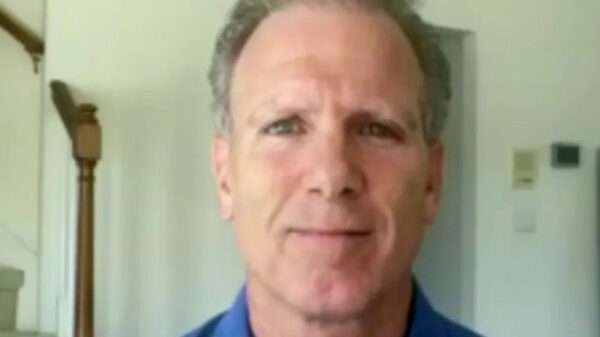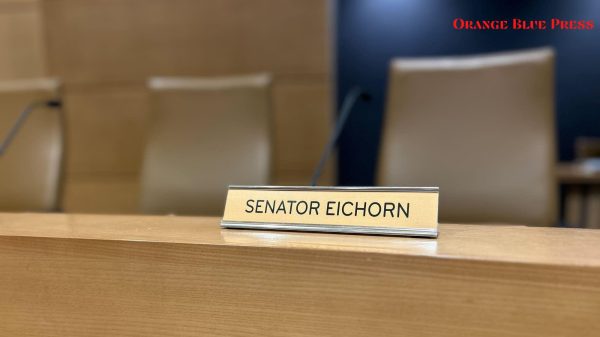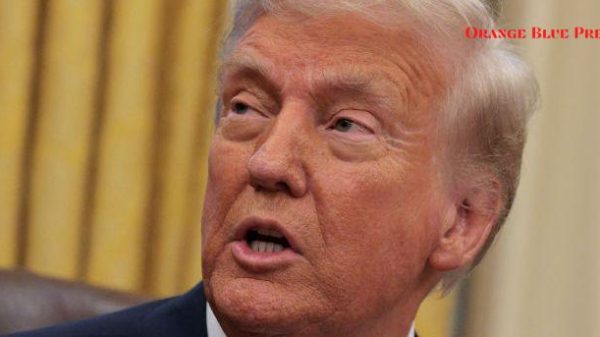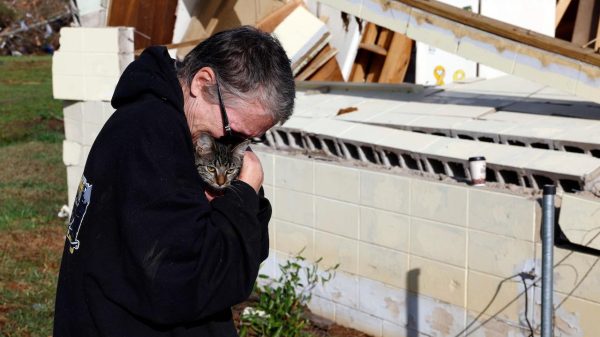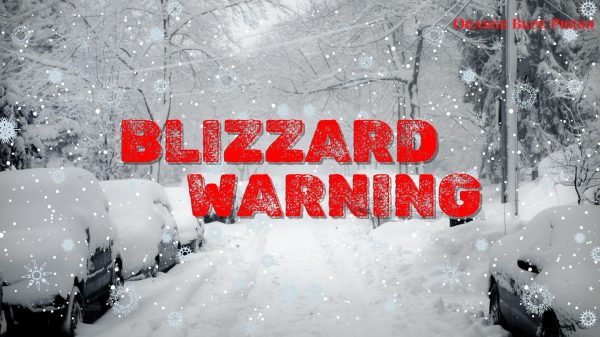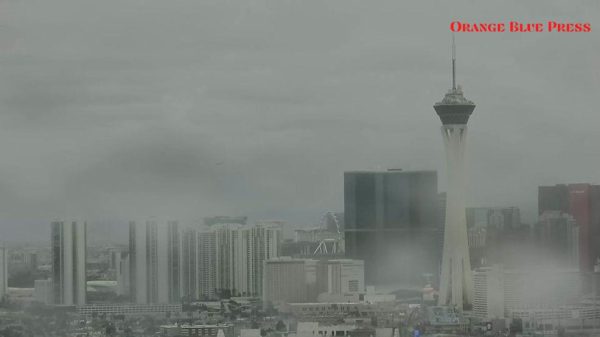East Texans are stressed that they might miss the federal dollars due to a state map that will support determining where the money goes showing they already have broadband access but residents say their broadband is chronically unreliable.
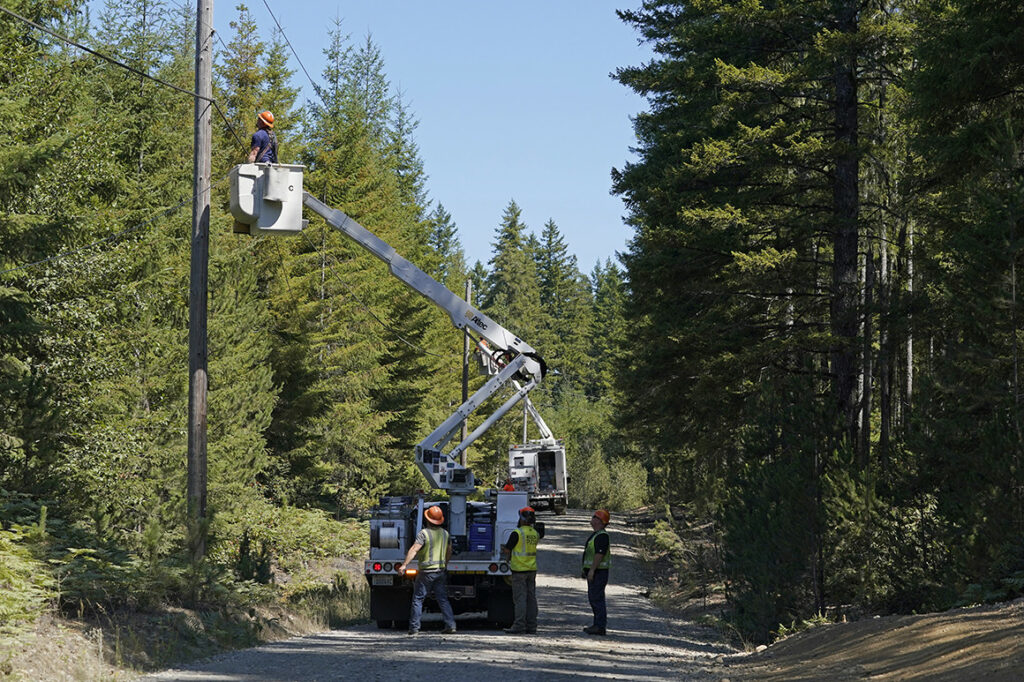
East Texas Says Broadband Access Is Unreliable And Fear Of Not Obtaining Federal Dollars Due To Incorrect Mapping (PHOTO: Politico)
East Texas Says Broadband Access Is Unreliable
The Texas Broadband Development Office (BDO) has produced a sweeping address-level map illustrating broadband availability data for the state of Texas. The Texas Broadband Development Map will be utilized to decide how to create new initiatives to increase broadband access and fully comprehend regional needs. Around 2.8 million Texas households and 7 million East Texas citizens do not have broadband access, according to the US Census Bureau. A disproportionate large fraction of those are in rural locations like Deep East Texas, where an inferior residents density makes it less profitable for firms to install broadband infrastructure.
The state map claimed that the majority of Texans already have access to broadband described as high-speed internet that offers download speeds for at least 25 megabits per second or Mbps, and upload speeds for at least 3 Mbps. However, petitioners state in East Texas, still claim that they do have areas that still don’t have an internet connection. Although the map shows that everybody is covered everybody is not covered, according to Joan Ragland.
Ragland is the one assisting teachers and students at the local school district get the electronic devices they need such as iPads, computers, and projectors But at the end of the day, when she drives to her house, she’s unsure if her electronic gadgets will work.
The Congress Fuds An Amount For High-Speed Internet Through The 2021 Infrastructure Investment And Jobs Act
Congress issued a historic $65 billion to extend high-speed internet via the 2021 Infrastructure Investment and Jobs Act and $42.5 billion of it will be available to states and territories through grants, and Texas is anticipated to obtain billions of dollars. Considering House Bill 9, which would permit voters to decide whether to spend $5 billion in state funds to increase internet accessibility, is another proposal being considered by state legislators. It would be the state’s biggest broadband investment to date.
The federal and state funding Texas specifically East Texas receives is largely determined by two maps which it was first released last November, the Texas Broadband Development Map and a federal map. The Deep East Texas Council of Governments has challenged both maps, which disclose a 98 percent of locations in East Texas have broadband. Two East Texas legislators have filed accounts that also would develop who is eligible to obtain assistance funding from the state’s broadband development office. In their petition to the state broadband development office, which is tasked with developing broadband entrance to underserved areas of the state, the council said their 11-county region, which includes about 350,000 residents, is “chronically unserved” when it comes to broadband.
According to current state law, a region is believed suitable if less than 80% of addresses in that area have access to an internet connection with a speed of at least 25 Mbps for downloads and 3 Mbps for uploads. Eligible areas are prioritized for the broadband grant budget. The council selected internet speed data from more than 3,000 citizens in Deep East Texas and recognized 54 census blocks where most residents’ internet speeds are lower. Newton County on the Louisiana border, survey respondents from more than 100 miles west in Houston County said that they have problems connecting to the internet and several said they could not even complete a speed test because their connection was very slow.







